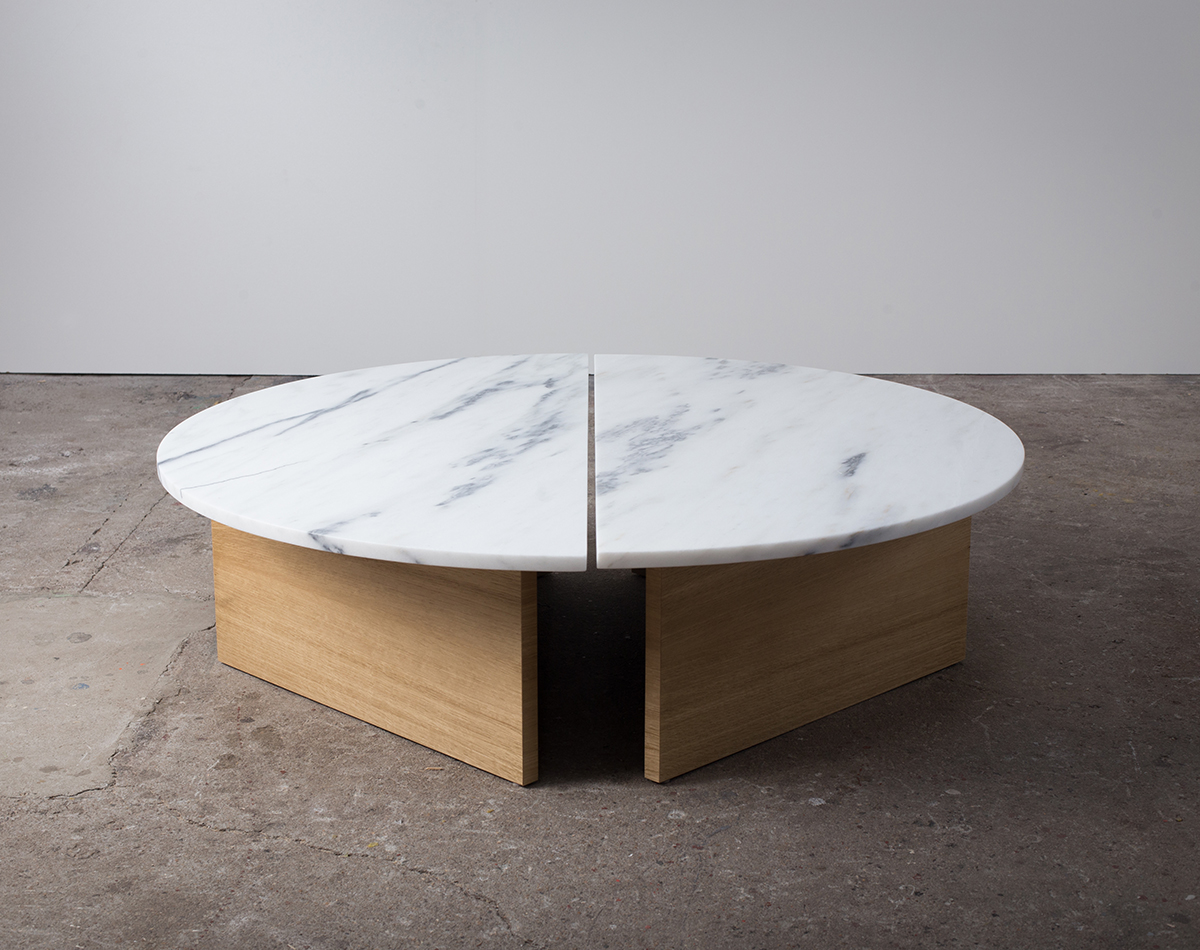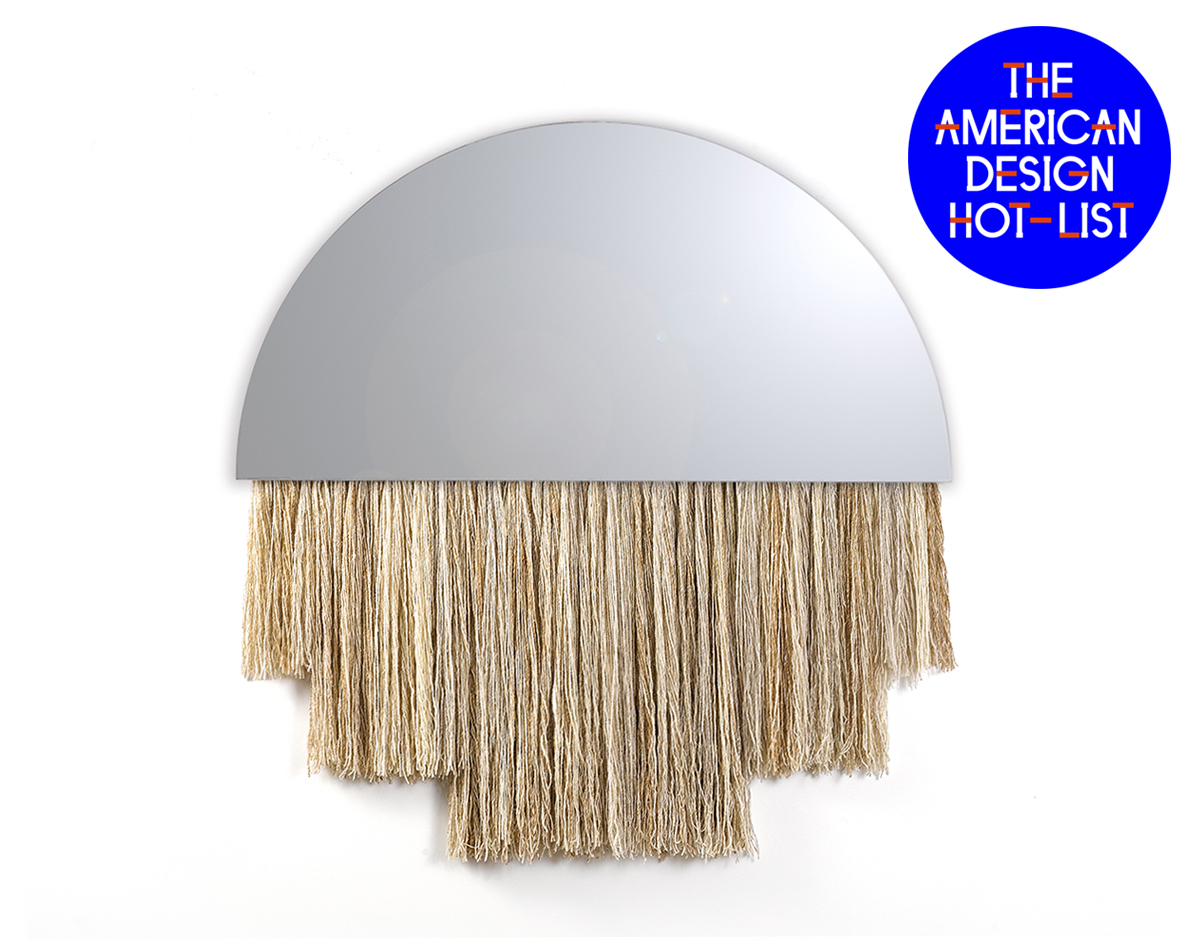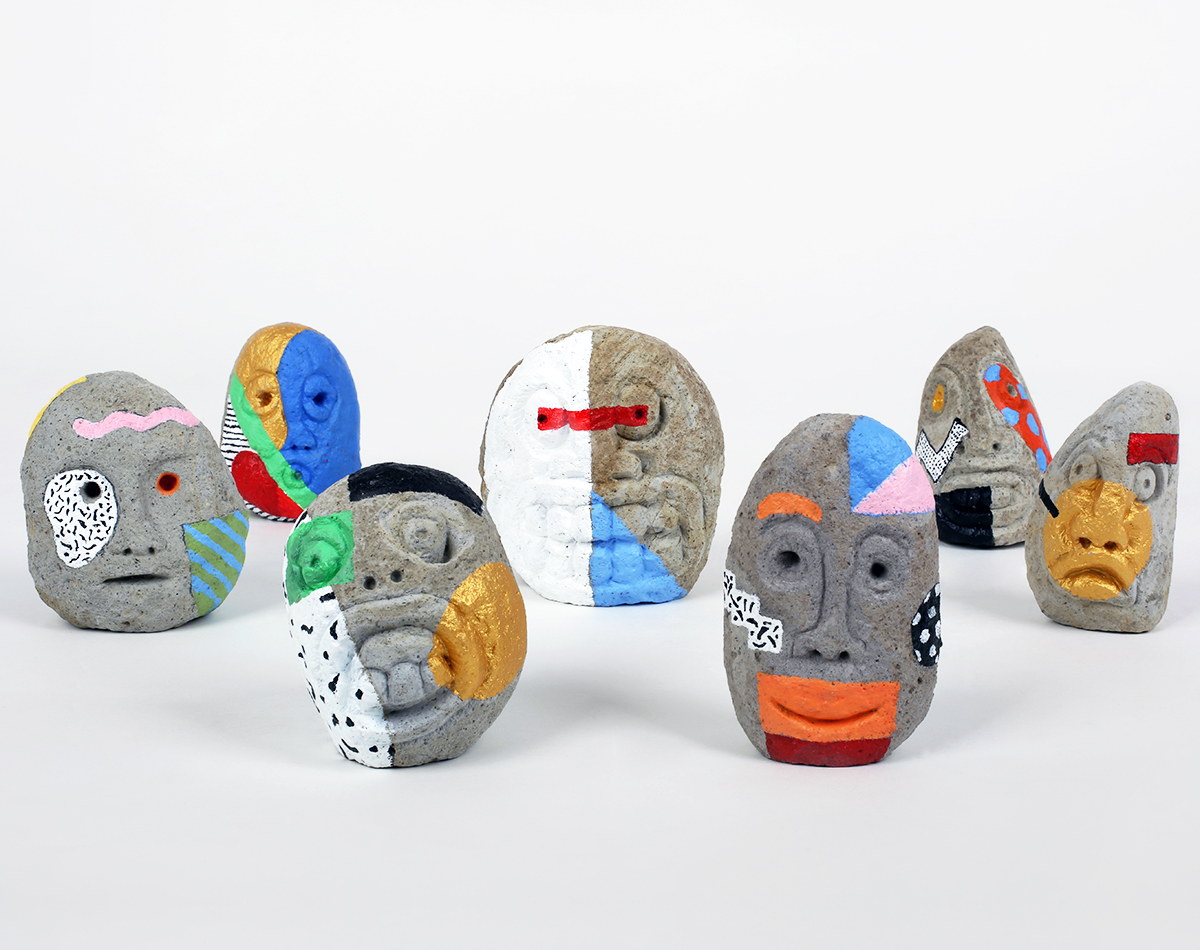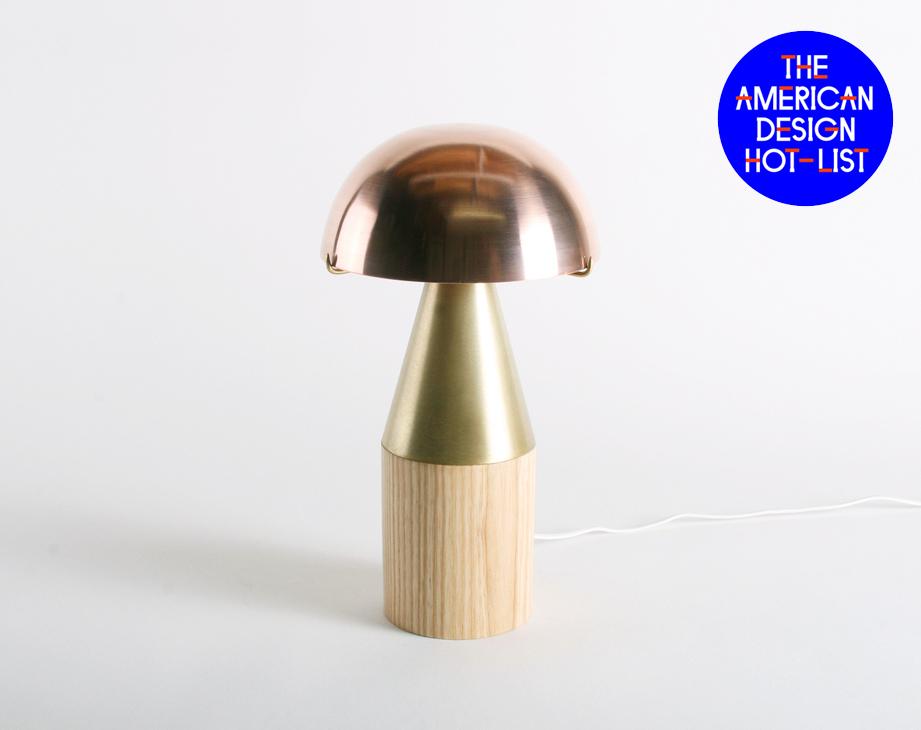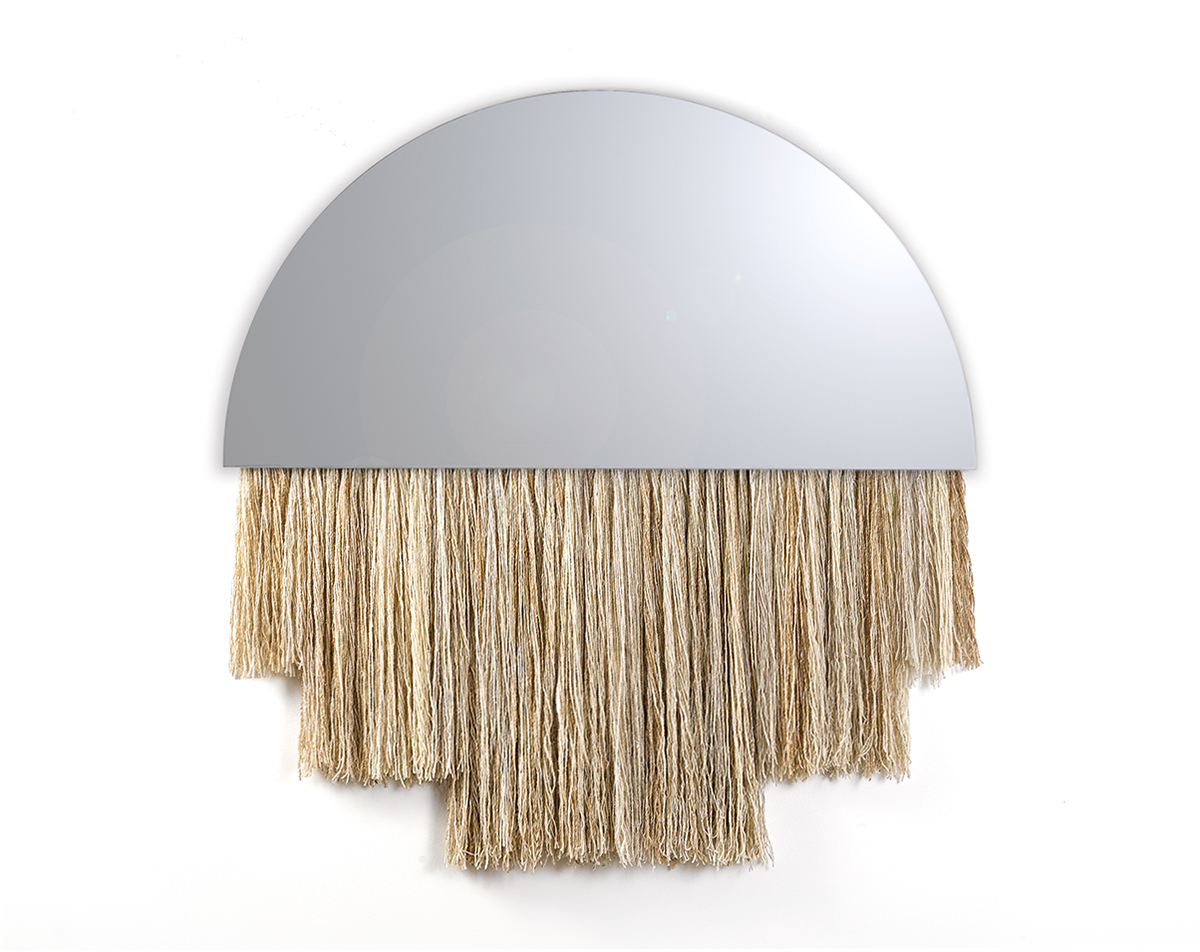
American Design Hot List 2015
Ben & Aja Blanc
Providence, benandajablanc.com
The Providence duo launched a standout line this year featuring one of our favorite recent objects: a geometric mirror with a hairy fringe.
What is American design to you, and what excites you about it?
It’s a great moment to be working as an American designer. The field is full of incredibly talented designers, which we find inspires a higher level of quality and makes for a more idiosyncratic field that doesn’t just follow trends. It’s not to say American designers aren’t aware of trends, but we also like to play with them, push them, or enjoy the self-given freedom to ignore them entirely. The designs themselves don’t ask for permission. American design today is less preoccupied with defending itself and instead has a mature assertion of its own worth. Maybe it’s that American pioneering spirit coming out, but it feels like there is a freedom to be who you want to be and make what you want to make.
American design, particularly with the design cohort that gets us most excited, is also placing a well-aimed focus on materials, and thinking critically about how to work with and manipulate them. There’s a wonderful duality in American design where some designers are creating beautifully powerful, monolithic statements and others are evoking a lighter, otherworldly transience through more obtrusive material, pattern, and color. This diversity only serves to prompt authentic individual expression in a field that could easily be swayed into one “fashionable” direction. There’s space for a diverse field of work, while also demanding a consistent level of quality and workmanship that will always set American design apart. All in all, there’s an incredible energy and openness around American design right now. It is a generous field with strong, open dialogues, interesting collaborations, and good vibes all around.
What are your plans and highlights for the upcoming year?
The upcoming year is shaping up to be pretty fantastic, although in all honesty we’re still catching our breath from this past year, which marked the beginning of the formal collaboration between Aja and I in the studio. It feels like we accomplished a crazy amount in a very short period of time — two new collections, multiple shows, awesome press, a new studio space, a partnership with our heroes at The Future Perfect, and we’re still married and really dig each other! Next year we will be debuting a new collection of work that is rooted in our love of bronze sculpture, installation, and materials in general. We will also be diving into a collaboration with the RISD Museum to redesign and transform their lower Farago gallery into a cafe and coffee shop. We’re looking forward to debuting new lighting and stools that dialogue in this setting with an anticipated opening date of March 1, 2016. Ah, and not to forget, the ultimate collaboration — we’re having our second baby in early 2016.
What inspires your work in general?
We’re inspired spatially and narratively by the mystery of outer space and the mystic openness of the desert, the mass and form of monolithic fine art (such as Barbara Hepworth, David Nash, Louise Bourgeois, James Turrell, and Donald Judd), and the line and intensity of abstract gestural paintings. And ultimately, we always begin with a reverence for classic materials like stone, white oak, and bronze — materials that have both literal and figurative weight. We’re inspired by the challenge of treating them with a lightness and sense of refinement that runs counter to their inherent physical presence. Our work may elicit the natural world, on a level, but we’re squarely focused on moving them into a modern livable environment that coexists more comfortably with the dreamer than the frontiersmen.
That said, one of the interesting things about inspiration in the design process is that you may not always see it in the final object. We’re formalists at heart, or at least Aja certainly is — Ben tends to push back with his love of narrative. So we circle around the concept of a “form narrative.” We certainly have a rich well that we draw from to inspire our work, but you’d be hard pressed to see overt correlations in our final pieces. That’s because the process of transforming our inspiration into a minimalist form with depth is reductive in nature. We want to avoid mimicry, and by distinguishing the specific qualities of what informs us in our inspiration — is it the color? the mass? the form? the line? — it allows the work to arrive at its own form.
